Tarot History Timeline – Dame Gabby
The modern tarot is a deck of 78 cards consisting of 2 types of cards: the 22 cards of the “Major Arcana” or “Trumps which are named (such as the Lovers, Death and Judgement), and the “Minor Arcana” or “suit cards” (four suits of fourteen cards, each comprised of cards numbered from one to ten, and four ‘court’ cards) which roughly correspond to a modern deck of playing cards. This structure is a derivation of the Venetian or Piedmontese Tarot, but early decks were of several types with varying numbers of cards. Examples of early European decks related to the Tarot include:
Tarocchi of Mantegna, consisting of five series of ten cards each
- Tarocchino of Bologna, which differs from the standard structure in having no court cards in the Minor Arcana (so 62 cards in total)
Minchiate of Florence, a 98-card deck consisting of the standard 78 cards augmented by twenty additional major cards representing the twelve signs of the zodiac, the four elements (Fire, Water, Air and Earth) and four cardinal virtues (Hope, Prudence, Faith and Charity; though these are often considered to be Wisdom/Prudence, Temperance, Courage/Fortitude and Justice).
- Tarocchi of Venice (also known as the Lombardi Deck), which has the same structure as a modern Tarot deck
The original Italian titles of the cards were in some cases different from the later French titles (and their English translations) that have become familiar to us through the Tarot de Marseille and its descendants. Also, the ordering of the trumps varied considerably in Italy where the cards originated; it is not known which ordering is the earliest one.
While there is little actual evidence for the existence of the Tarot before the 14th century, many of the ideas symbolically depicted on the cards are much older. While cards like the Juggler (Magus), the Pope (Hierophant), the Devil and the Last Judgement seem fully at home in the context of medieval Europe, others, such as the High Priestess and the Moon, have a more pre-Christian feel to them. Illustrations virtually identical to each of the tarot subjects, however, can be found in European art while such precise analogs are not found in other cultures.
The terms “major arcana”, “minor arcana”, “High Priestess”, and “Hierophant” are anachronistic when referring to the older tarot decks. The historically appropriate terms are “the trumps and the Fool” (the Fool was not usually regarded as a trump), the suit cards, “Papess” or “Popess”, and “Pope”. Likewise “pentacles” and “wands” are relatively recent substitutions for the traditional suit names of “coins” and “staves” or “batons”.
Written records tell that the tarot (or taroc cards, or tarocchi cards) was originally used to play a card game called tarocchi which is similar to Bridge. The game was popular throughout much of Europe for centuries and is still played today, particularly in France. Early poets also used the titles of the trump cards to create flattering verses, called “tarocchi appropriati”, describing ladies of the court or famous personages. Although it is possible that tarot cards might also have been sometimes used for other purposes, there is no clear evidence of such use until long after the cards were invented.
The origin of the word “tarot” may be derived from the Arab word turuq meaning “four ways”.


 Đang tải dữ liệu
Đang tải dữ liệu

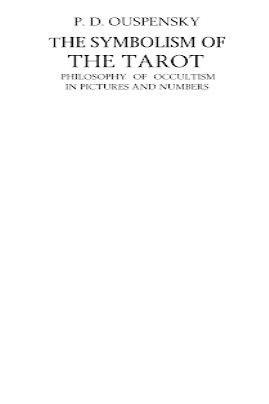
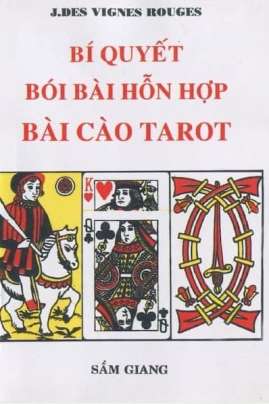

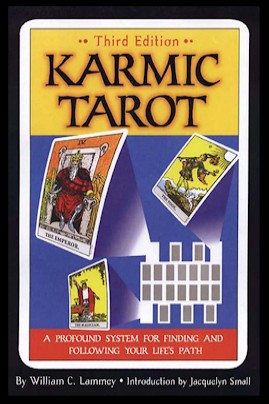
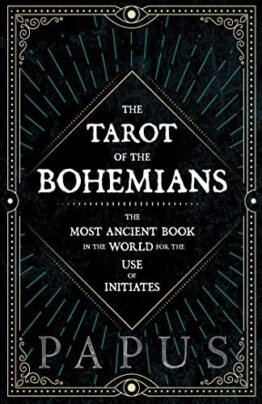

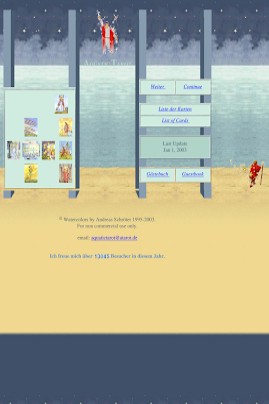
Chia sẻ ý kiến của bạn